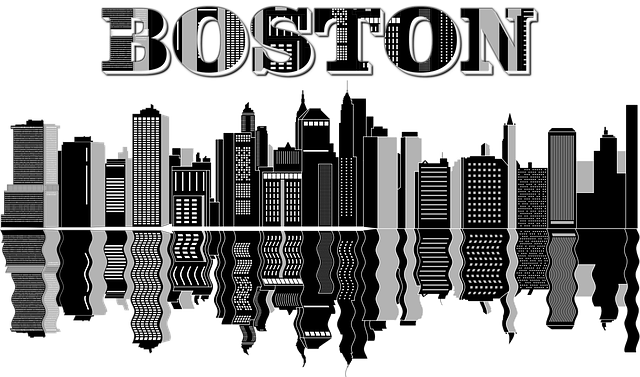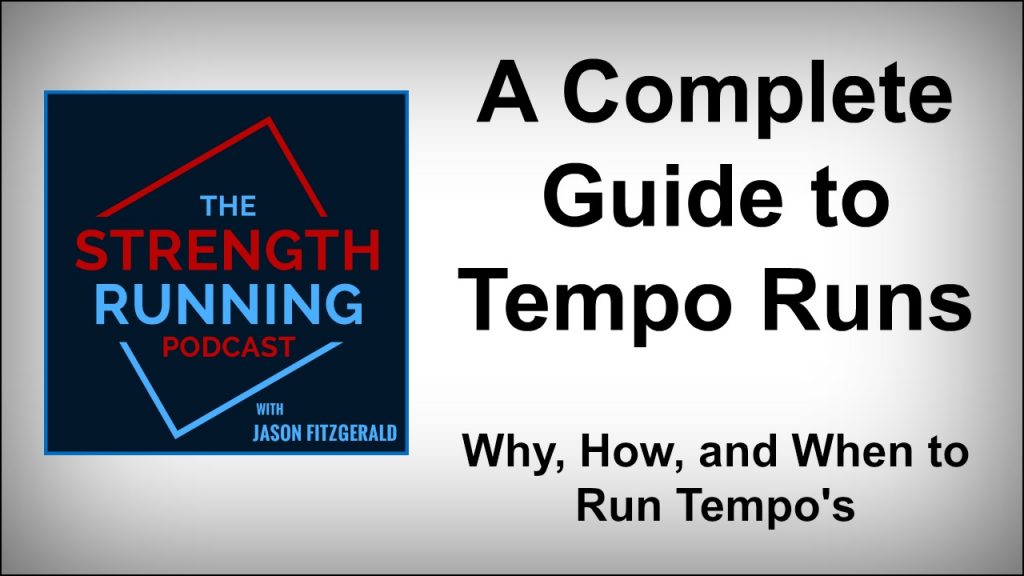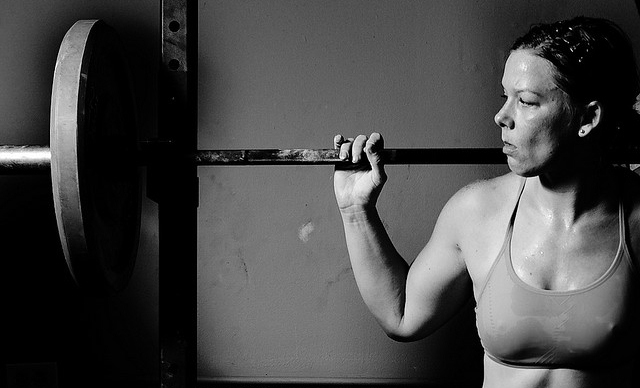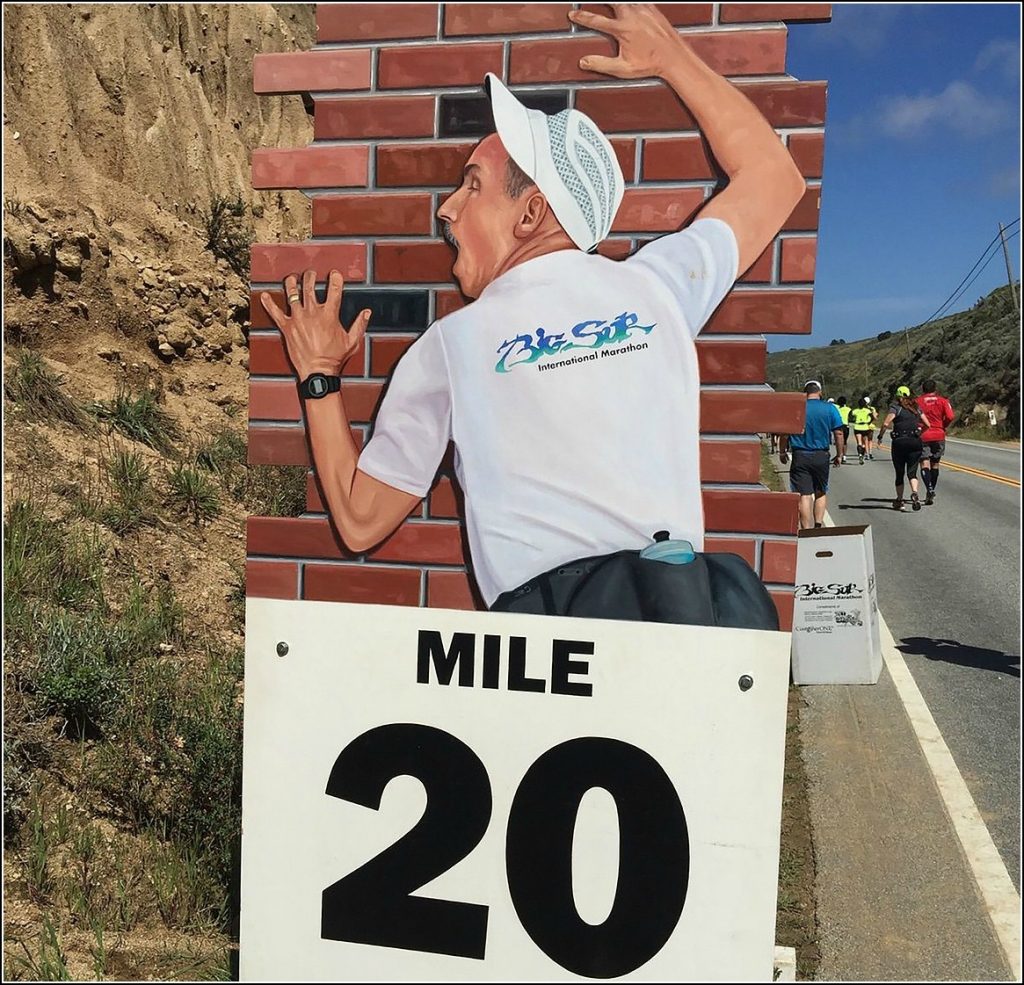The B.A.A. lowered the qualifying standards for the Boston Marathon in 2018. Here’s how to up your game and get that very coveted BQ!

Qualify for the Boston Marathon and get that BQ!
You might have heard a loud, collective sigh of disappointment around the third week of September.
It was the sound of thousands of runners learning that the Boston Athletic Association (B.A.A.) was making qualifying standards tighter for the storied Boston Marathon. The BAA announced that across the board in every age group, runners would have to cut five more minutes off their marathons in order to qualify.
A lofty goal just got loftier.
For those who follow the qualifying times each year, the writing was clearly on the wall that this move was coming. For several years now, runners had to go well under the qualifying time in order to get into the race:
- 2019: 4:52 under
- 2018: 3:23 under
- 2017: 2:09 under
Another way of looking at the data reveals that the number of people submitting qualifying times was steadily increasing. For a few years, that rate of increase held at about four percent, but in each of the last two years, it was a full seven percent.
The bottom line: plenty of people were qualifying for Boston, but still weren’t getting in.
If you’re a runner who has been tantalizing close to qualifying, the new standards might feel like a kick in the gut. Now you have to run five minutes faster?!
But Bobby Gessler, MD, coaching certification instructor for the RRCA’s coaching program and certified course instructor for the USATF, says that runners should look at it as good news:
Most people who have made it into Boston the past few years are probably already at the time they need. All you really need to do in this situation is maintain.
Still, there’s an entire population that was hitting the old BQ standard but not making it into the race. For these runners, five minutes may feel insurmountable.
But it’s really not, says Gessler, and if you’re ready to pay attention to all the little details of your training, you may just find five minutes to shave off your next BQ attempt.
Qualify for the Boston Marathon: The Basics

If you are among the thousands looking to BQ this year and now need to run even faster than before, don’t despair. There is plenty you can do in the coming year to take time off that next go at qualifying for the Boston Marathon.
Gessler cautions, however, that there’s no silver bullet:
Everyone wants to know what that one workout is that will make them faster. The truth is, it doesn’t exist.
What is tried and true, says Gessler, is getting back to the basics and sticking to them:
Ideally what you are after, is the highest volume of work you can put in, while still recovering from it. It doesn’t have to be complicated, but you do have to be dedicated.
To Gessler’s way of thinking, the cornerstone of any marathon program is the long run—always has been, always will be.
“This is where you gain the aerobic benefits you need to get to 26.2. I define a long run as anywhere between 90 minutes and three hours and it should make up about 10 percent to 15 percent of your weekly mileage.
We have a video Q&A about marathon long runs here, as well.
The Next Step: Tempo Runs

See Episode 71 of the Podcast
After the long run, Gessler likes to see athletes regularly knock out a tempo run. A rather ambiguous term, tempo runs often confuse runners, but Gessler defines it as a pace you could race for 60 minutes.
“You are still aerobic,” he explains, “but you’re getting close to crossing over into anaerobic work.”
Gessler points out that tempo pace should be considered dynamic:
Your tempo pace will change over a training cycle, depending on how fit you are. So at the beginning of a cycle, it would be slower than a month out from race day, for instance.
What about track work during a marathon build up? Gessler says it can have its place, but that if you’re going to do it, focus on repeats of 800 meters or longer:
Marathon training shouldn’t involve much in the way of VO2 max work, because you’re just not going to need that for a race of this distance.
Don’t miss Strength Running’s step-by-step guide to tempo runs!
Marathon Training Extras

Marathon training is a long haul and a time consuming one at that. You might be tempted to do nothing more than put in the miles, but if you’re going to have your best shot at staying healthy and going after a BQ, you need to incorporate back-end work, too.
This includes strength work, says Gessler:
All of the elites are strong. It’s harder for those of us with desk jobs, but you can’t let strength work slide during a marathon build up.
He also likes to throw in some cross training that will continue to add aerobic value but give your legs a break when they need it:
Cycling, swimming, and water running are all good options. If you have time, workouts like yoga and Pilates can be a bonus, too.
For more on this topic, see our guide on how to cross-train for speed, health, and recovery.
Consider Life’s Stressors

Marathon training – especially with the goal of a BQ – is going to take a big chunk of your life. With family, work, and social commitments, it’s best to get out a calendar before you take that dive into a training cycle.
Gessler adds:
When you’re training like this, something will likely have to give. So make sure this isn’t a crazy time in your life.
New babies, new jobs, a busy sports season with your kids – these can all make training time more difficult to come by. It can also leach some of the fun from training because you feel guilty – or your partner might feel resentment – so ensure you are picking the right time to commit to training.
Also important to consider is the course and likely temperatures on race day. If you know you tend to overheat while running, for instance, stay away from early fall (September) or late spring (May) races, where temperatures could be warmer than something like a November or March race.
Location, too, should come into play. If you live somewhere relatively flat, don’t put your Boston Qualifying attempt at elevation. If traveling to a race adds unwanted stress, then find a race closer to home.
Qualifying for Boston Demands Recovery
New research continues to emphasize the importance of sleep in our lives. When marathon training and going to the well physically, it couldn’t be more valuable.
Gessler notes:
This is a time to do everything right, including resting. Sleep is incredibly restorative and one of your best recovery tools.
Set yourself up to get to bed early so that you manage the early training alarms if you’re a morning runner. If you’re an afternoon or evening runner, leave enough time after to allow for a regular bed-time routine that signals to your body it’s time to sleep.
Within the bedroom, keep screen time to a minimum or even better, not at all. Set your room up to be cool, dark, and comfortable so that your sleep can be undisrupted and restorative.
Dial in Your Nutrition

Like sleep, nutrition during a marathon training cycle should be spot on. Eating a healthy, well-rounded diet will help your muscles repair and be ready to fight another day.
Dr Gessler prefers to keep things simple:
Education on nutrition is generally lacking in our society. But it’s pretty straightforward – whole foods and purposeful, not mindless, eating will provide all you need.
This is also another area where there is no magic bullet. Adding big protein supplements or beefing up on carbs isn’t going to make you faster, but a diet rich in fruits and vegetables, lean proteins and healthy fats will help you stay healthy for the training demands you are putting on your body.
When all is said and done, taking five minutes off your marathon time truly means making a plan and sticking to it. This isn’t a time to take anything for granted or get sloppy with your habits.
But a basic, tried-and-true formula executed with precision will get you where you need to be.
Gessler likes to remind athletes that there are no shortcuts when attempting to qualify for the Boston Marathon:
It all comes down to doing the work and including all the small things that maximize the time you’re putting into it.
The only thing you’ll get from trying to cut corners is hurt, and you can’t make it to the finish line without getting to the start line.
Recommended Resources:
- Injury Prevention
- SR’s Training Programs
- How to Run Longer (video)
- Boston Marathon course preview
- Get Strength Running’s Boston Course Guide!